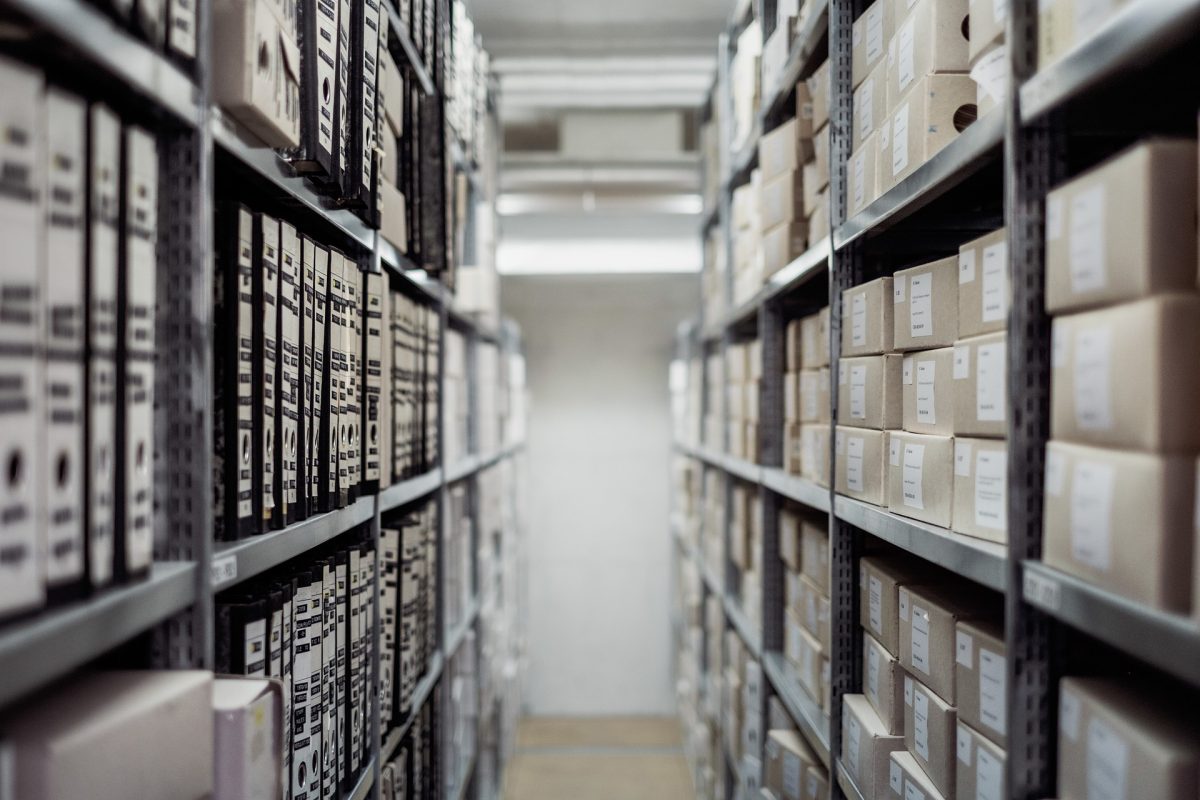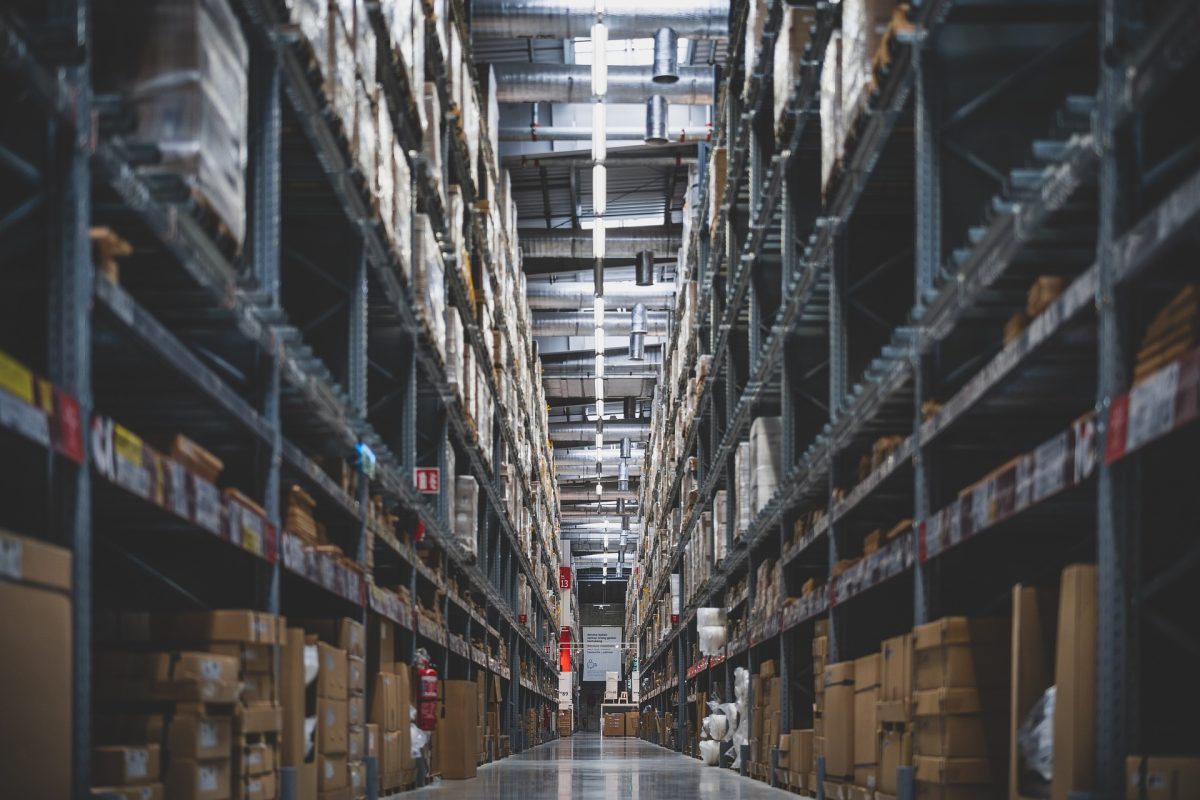A warehouse is a crucial part of any business. It’s where inventory is stored, products are shipped out, and orders are fulfilled. Because of this, it’s important to have a well-lit warehouse. Not only does proper lighting improve worker safety and productivity, but it can also save you money on your energy bill. In this blog post, we will explore how to properly light your warehouse for optimal worker productivity and safety. We will discuss the different types of lighting, the best placement for fixtures, and more.
The Importance of Lighting in a Warehouse
Warehouses are a vital part of many businesses, and the way they are lit can have a big impact on the efficiency and safety of the operation. There are several things to consider when lighting a warehouse, including the type of light fixtures, the distribution of light, and the controls.
The type of light fixtures you use in your warehouse will depend on the type of work that is done there. For example, if there is a lot of activity in one area, you might want to use high-intensity discharge (HID) fixtures to provide more light. If there is less activity or more delicate work being done, fluorescent or LED lighting might be a better option. The distribution of light is also important in a warehouse. You want to make sure that there are no dark areas where accidents could happen or where thieves could hide. The best way to achieve this is to use a combination of diffused and direct lighting. Diffused lighting illuminates an area evenly, while direct lighting provides brighter light for tasks that require it.
Finally, it’s important to have controls in place so that you can adjust the lighting as needed. This might include dimmers, occupancy sensors, or photocells. By having these controls in place, you can ensure that your warehouse is properly lit at all times.
How to Light a Warehouse
Proper lighting in a warehouse is important for several reasons. First, it can help improve worker safety by reducing the risk of trips and falls. Second, it can improve productivity by providing adequate illumination for tasks. Third, it can help reduce energy costs by using energy-efficient lighting fixtures and controls.
There are a few things to keep in mind when selecting lighting for a warehouse. First, consider the type of activity that will be taking place in the space. For example, if workers will be using power tools or handling heavy materials, brighter light may be necessary to prevent accidents. Second, consider the height of the ceilings in the space. Higher ceilings will require more powerful fixtures to adequately light the space. Third, consider the amount of natural light that enters the space. If there is plenty of natural light, lower-wattage fixtures may be sufficient.
Different Types of Warehouse Lights
There are a few different types of warehouse lights that you can choose from. Depending on your needs, one type may be better than the others. Here is a brief overview of the different types of warehouse lights:
- LED Lights: These are becoming increasingly popular due to their energy efficiency and long lifespan. LEDs also emit very little heat, which can help reduce your energy costs even further.
- Fluorescent Lights: Fluorescent lights have been around for many years and are still a popular choice for warehouses. They emit more light than LEDs per watt of power, making them more cost-effective in some applications.
- High-Intensity Discharge (HID) Lights: HID lights are the brightest type of warehouse light available. They consume more energy than other types of lights but can provide superior illumination for large warehouses.
The Best Lighting for Your Warehouse
While there are many different types of warehouse lighting, some of the most popular and effective include fluorescent and LED lights.
Fluorescent lights are often used in warehouses because they provide a bright, even light that is ideal for large spaces. They are also relatively inexpensive to purchase and operate.
LED lights are another popular option for warehouse lighting. They are more energy-efficient than traditional incandescent bulbs and can last for many years with proper maintenance. LED lights also emit very little heat, making them a safer option for work environments that may be prone to dust or other airborne particles.
When it comes to warehouse lighting, there are a few key things to keep in mind in order to create an effective and efficient space. First, consider the type of work that is being done in the space and what kind of light would be best suited for that task. Second, take into account the natural light that is available and how you can supplement it with artificial light. Finally, make sure to install energy-efficient lighting fixtures so that you can save money on your electric bill. By following these tips, you can create a well-lit warehouse that will improve worker productivity and safety.






